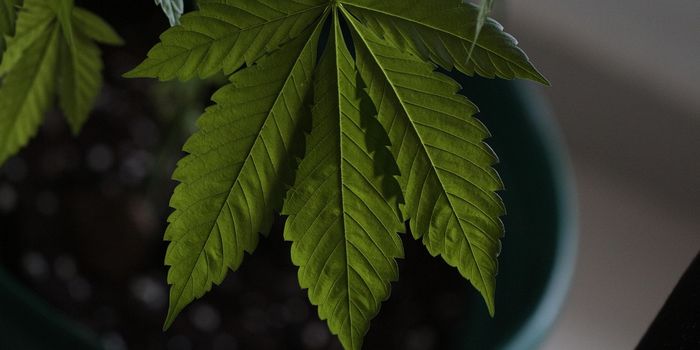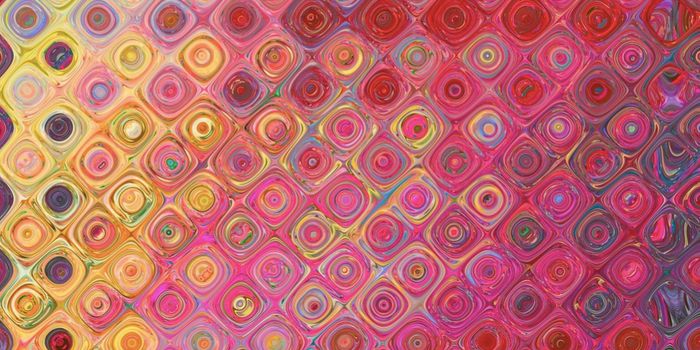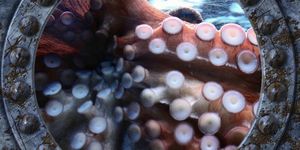After 100 Million Years Under the Seafloor, Ancient Microbes Come Alive
It has been said that we know more about the moon than we do about the bottom of the ocean, though explorers and researchers have been trying to learn more about it. Recent research reported in Nature Communications investigated samples of sediment that were collected ten years ago from underneath the floor of the ocean. Shockingly, the scientists were able to revive microbes that were present in the sediment; this microbial life is thought to be around 100 million years old. When provided with the right nutrients, these microbes were able to not only grow, but reproduce.
"Our main question was whether life could exist in such a nutrient-limited environment or if this was a lifeless zone," said the paper's lead author Yuki Morono, senior scientist at Japan Agency for Marine-Earth Science and Technology (JAMSTEC). "And we wanted to know how long the microbes could sustain their life in a near-absence of food."
Layers of sediment called marine snow, made of organic debris that collects on the surface, dust, and particles carried by the currents accumulates on the ocean floor. Microbes get trapped inside that sediment. The samples that were collected were taken at the South Pacific Gyre, a location in the ocean with some of the lowest availability of nutrients, and the least productivity. Scientists on the JOIDES Resolution drillship took sediment cores from 100 meters below the seafloor.
The researchers identified oxygen in every core, showing that the element remains in the sediment even at very deep layers. This is probably what enables microbes that require oxygen to survive to persist for millions of years.
"We knew that there was life in deep sediment near the continents where there's a lot of buried organic matter," said study co-author and URI Graduate School of Oceanography professor Steven D'Hondt. "But what we found was that life extends in the deep ocean from the seafloor all the way to the underlying rocky basement."
When the researchers incubated the microbes in the laboratory, they were revealed to be far more than fossils; they grew and divided.
"At first I was skeptical, but we found that up to 99.1 percent of the microbes in sediment deposited 101.5 million years ago were still alive and were ready to eat," Morona said.
Now that the scientists have been able to grow these organisms, they will be able to learn more about them. Morono's team also wants to use this approach to learn more about Earth's geological history. Morono suggested that deep under the ocean floor, life moves at a slower pace, and these microbes will have also evolved more slowly.
"We want to understand how or if these ancient microbes evolved," he said. "This study shows that the subseafloor is an excellent location to explore the limits of life on Earth."
"What's most exciting about this study is that it shows that there are no limits to life in the old sediment of the world's ocean," said D'Hondt. "In the oldest sediment we've drilled, with the least amount of food, there are still living organisms, and they can wake up, grow, and multiply."
Sources: Phys.org via University of Rhode Island, Nature Communications








